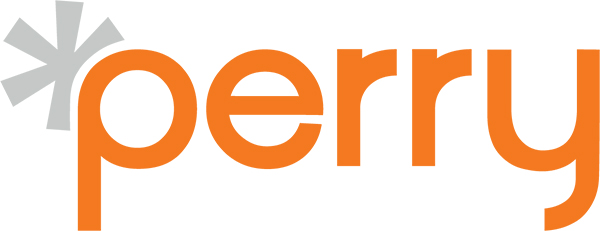
Do you know the difference between cleaning, disinfecting, and sanitizing? It might make a difference in the type of janitorial product you choose for your cleaning needs!
Cleaning REMOVES germs, dirt, and impurities.
With a standard cleaning product, you’re physically removing germs from surfaces, but not necessarily killing them. However, simply by removing them, you’re lowering their numbers, and thus reducing the risk of spreading infection.
Products like Windex and “all purpose cleaners” fall under this category.
Sanitizing is all about lowering the number of germs to a SAFE LEVEL, according to public health standards.
This is basically a step beyond cleaning. Sanitization kills a greater amount of bacteria and is required for any surface that comes into contact with food.
The CDC explains that “a sanitizer is a chemical that kills 99.999% of the specific test bacteria in 30 seconds under the conditions of the test.” Therefore, while sanitizers can kill the majority of certain kinds of bacteria, sanitization products and techniques alone cannot eliminate all viruses.
Purell Hand Sanitizers are an example of this type of product. Many restaurants use ‘sanitizers’ to clean dishes, as opposed to a harsh disinfecting chemical.

Disinfecting KILLS germs using chemicals – but doesn’t necessarily clean dirty surfaces or remove the germs.
Disinfection is a stronger decontamination method than sanitization or cleaning alone, because of its ability to destroy pathogens.
Disinfectants are products that destroy all organisms in 10 minutes during the AOAC Use Dilution Test, a test regulated by the EPA to determine the efficiency of disinfectants. In places where disinfecting is required, such as a medical facility, it’s more important to kill ALL germs, even if it takes longer, than it is to kill MOST of them quickly.
There are several grades of chemical disinfectants, depending on your needs — from killing just bacteria and some viruses, all the way to hospital-grade disinfectants, which are approved by the EPA for use in medical facilities to destroy many known infections and disease-causing bacteria.

When should you Sanitize? When should you Disinfect?
Before you do either, you should always clean visible debris from the surface. Be sure to follow all manufacturer directions for any product you use, including any rinses that may be required.
Sanitizing is appropriate for food contact surface sanitizing, or toys that children may place in their mouths.
Disinfecting is appropriate for use on non-porous surfaces such as counter tops, door and cabinet handles, toilets, and restroom sinks.
ALWAYS be sure to follow the instructions on the label, including dry time. Many disinfectants have a required dry time for ensuring disinfection is complete — otherwise you might just be spreading germs around!




